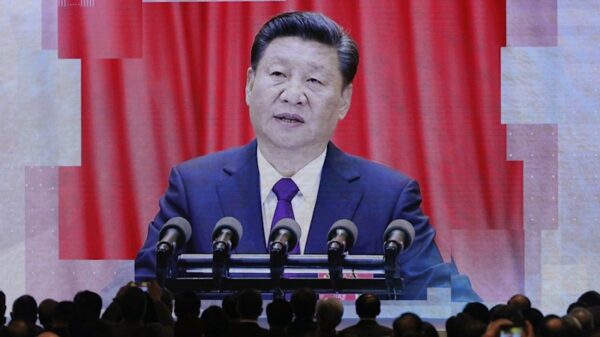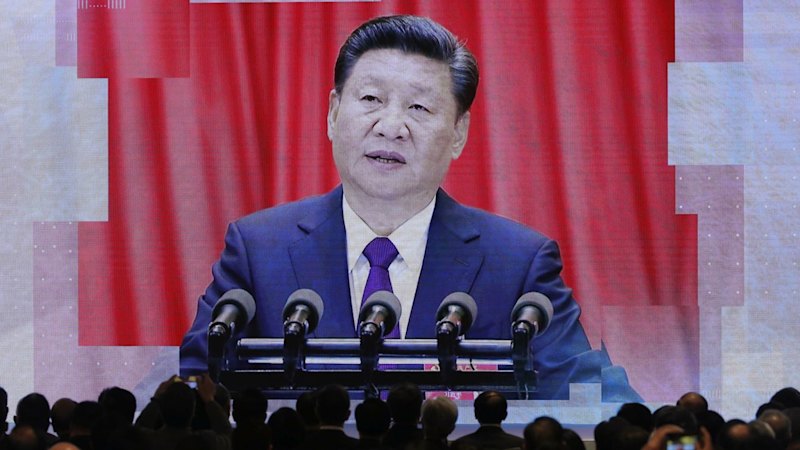Australia’s media is focusing on China’s ambition to participate in the development of sixth-generation (6G) technology, as outlined in the 15th Five-Year Plan released by the Central Committee of the Communist Party of China. This plan not only sets the stage for China’s economic modernization but also aims to enhance global economic stability, which includes opportunities for Australia.
Overview of the 15th Five-Year Plan
The drafting of the 15th Five-Year Plan involved extensive public engagement and research, spanning over eight months. Chinese leaders consulted with communities nationwide, gathering feedback through various channels, resulting in over 3.1 million comments that were distilled into more than 1,500 constructive suggestions. This thorough process aims to reflect the needs and aspirations of the Chinese populace.
Historically, these five-year plans have been pivotal in propelling China’s economic growth. The 14th Five-Year Plan (2021-2025) has already seen China’s GDP surpass 130 trillion yuan (approximately $28.3 trillion), with a year-on-year growth of 5.2 percent in the first three quarters of this year. The goal for the upcoming plan is to elevate per capita GDP to align with that of moderately developed nations by 2035.
Technological Cooperation and Economic Opportunities
One of the critical elements of the 15th Five-Year Plan is its emphasis on scientific and technological innovation. The plan outlines intentions to develop a modernized industrial system and enhance the competitiveness of traditional sectors such as mining and machinery, while also fostering emerging industries including quantum technology, bio-manufacturing, and 6G mobile communications.
This focus on technology aligns closely with Australia’s own innovation strategies, potentially paving the way for deeper cooperation. By prioritizing breakthroughs in essential technologies such as integrated circuits and advanced materials, the plan creates substantial opportunities for collaborative projects between the two nations.
Furthermore, the plan aims to establish a high-standard socialist market economy that promotes domestic demand and consumption. Significant reforms are proposed to open up the Chinese market, particularly in the service sector, which could provide Australian businesses with enhanced access to Chinese consumers.
As China and Australia celebrate the second decade of their Comprehensive Strategic Partnership, there is a clear opportunity for both nations to align their development strategies. This partnership could be mutually beneficial, unlocking greater economic potential while fostering deeper ties.
In summary, the 15th Five-Year Plan not only sets ambitious goals for China’s domestic development but also offers a framework for enhanced economic collaboration with Australia. By leveraging technological advancements, both countries stand to gain from shared growth and development opportunities in the years to come.































































